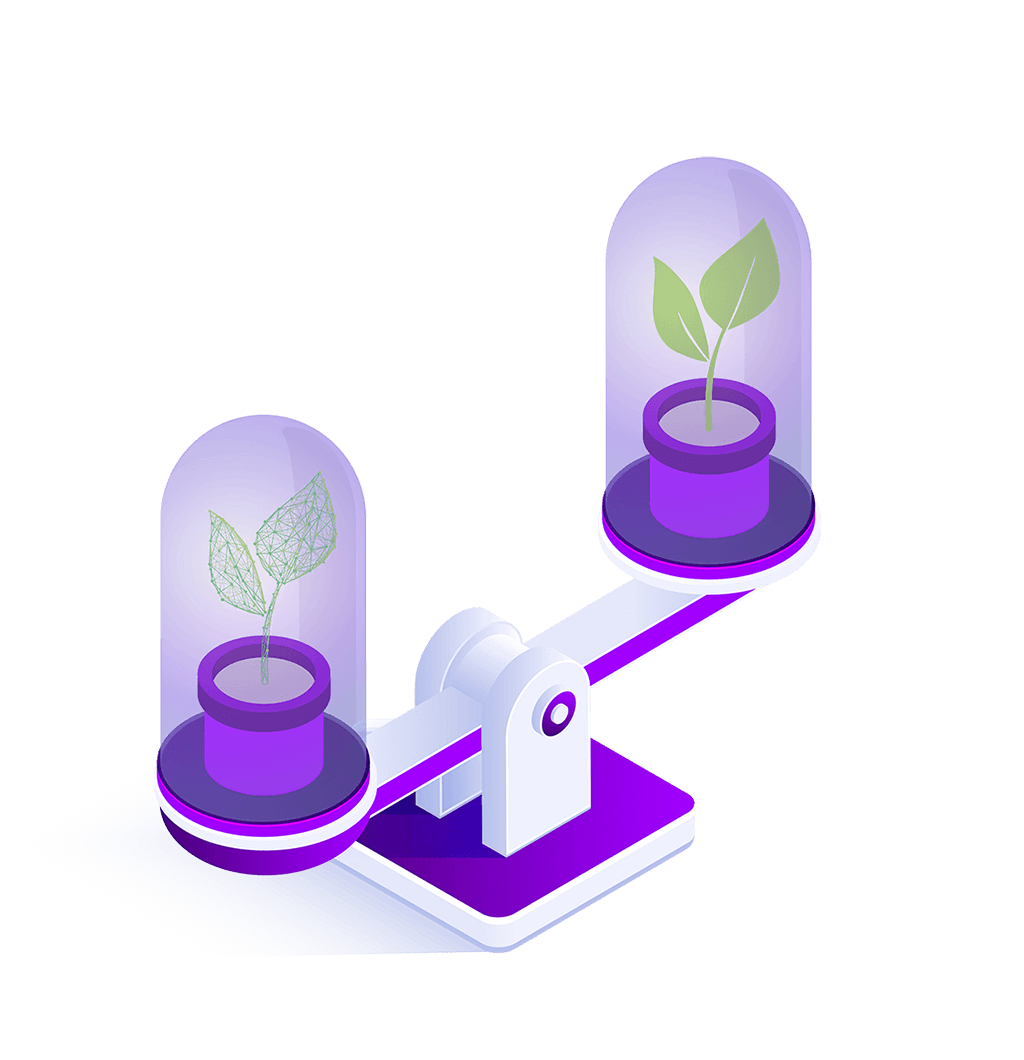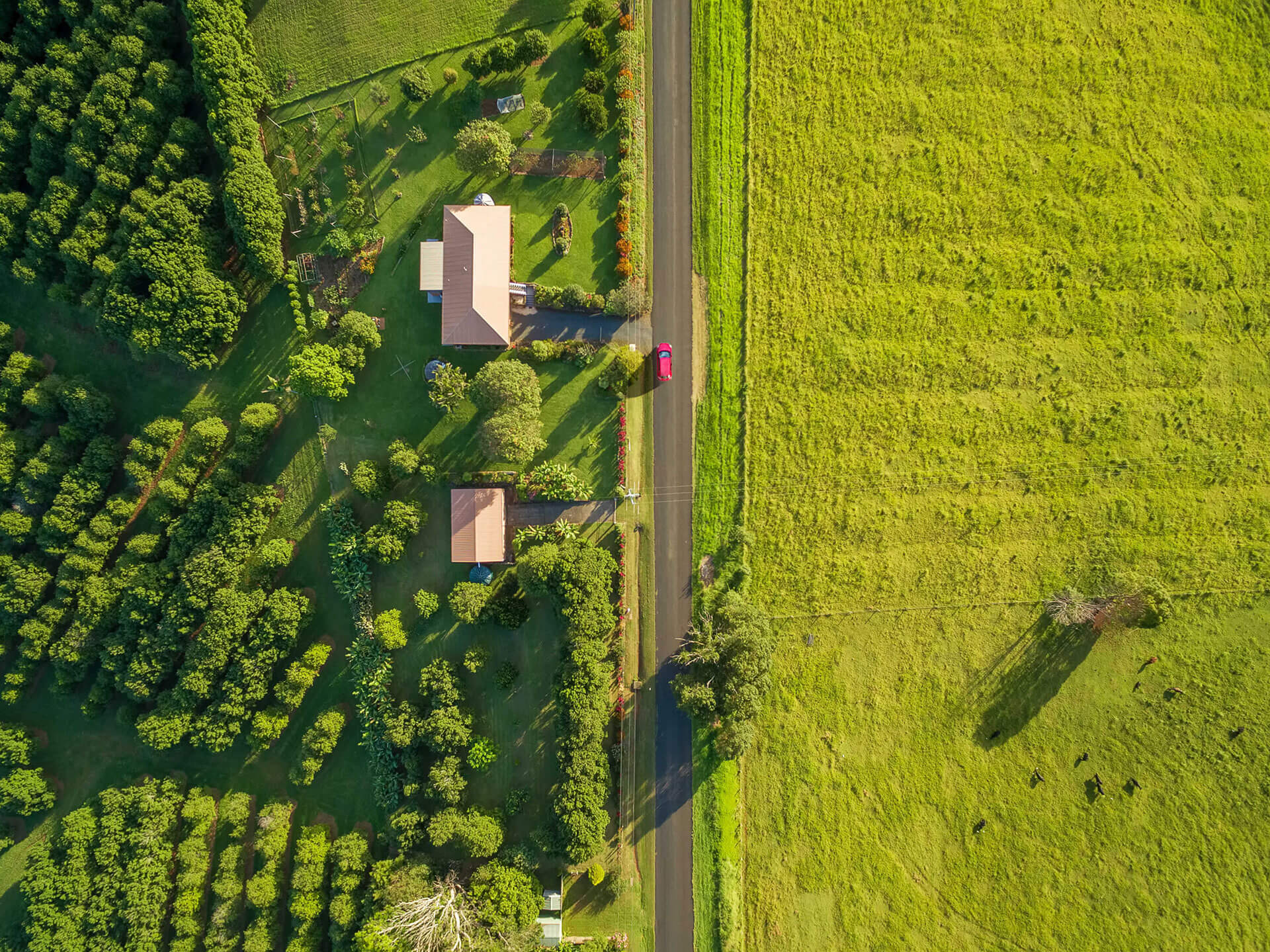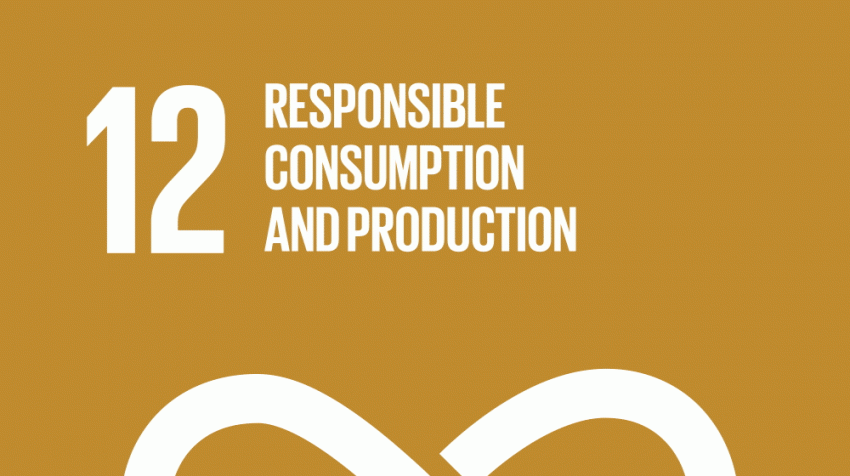How Can Virtual Twins Accelerate Sustainable Consumption?
A new report by Dassault Systèmes and Accenture sheds light on how virtual twins can greatly disrupt the way we produce and consume goods to achieve much higher sustainability.
A virtual twin, also called a digital twin, is a real-time computer representation of a product, process or system, which can be as simple as a plastic bottle or as complex as a whole city. This technology allows businesses and other stakeholders to design, test, and model sustainable products and processes in record time.
The study looked at five cases, from consumer packaged goods to construction, where virtual twins can unlock $1.3 trillion in economic value while cutting back 7.5 gigatons in greenhouse gas emissions by 2030.
As the race to make our economic models more sustainable accelerates, this technology is poised to unlock transformative change across various industries.
The Challenge of Sustainable Consumption
From our toothbrushes, to the computers or smartphones displaying this text, to the international space station, plastic is ubiquitous in our lives, but the material is relatively new. Bakelite, the world’s first synthetic plastic, was only discovered in 1907.
Today, the amount of plastic we use has exploded. About 300 million tons of plastic are produced every year, and since the 1950s, researchers estimate that we have produced about 8.3 billion tonnes of the material.
A majority of the plastic we produce is used only once. It ends up in landfills, waterways and eventually in the ocean. Once it reaches the natural environment, plastic can remain intact for centuries. In water, it can disintegrate into small particles, known as microplastics, which act as pollutants for marine life, and can make their way into our food sources.
Regulators in Europe and elsewhere have started tackling this issue, by banning certain kinds of single-use plastics, for example; but beyond tackling pollution, the broader challenge plastic underscores is the lack of sustainability inherent to our means of production and consumption. The choices we make when designing, producing, stocking, distributing, buying and deposing of consumer goods all have an impact on the environment.
Unlocking the Potential of Virtual Twins
Although the technology for virtual twins has been maturing for years and is well implemented in certain sectors, its potential remains largely untapped.
The Dassault Systèmes and Accenture study notes that virtual twin technologies have been used in the development of 85% of the world’s electric vehicles and in the production of over 75% of global wind power.
But there is still much room for adoption. In 2020, the global virtual twin market was worth an estimated $5.4 billion. The study projects a rapid annual growth rate of 36% in the next five years.
Consumer Packaged Goods: Better Design to Achieve Urgent Change
The industry of Consumer Packaged Goods (CPGs) is enormous. It adds up to two thirds of international trade volumes and as much as 10% of the United States’ GDP. It is also tied to many of the sustainability challenges we face, as it is closely interlinked with various industries that can take a heavy toll on the planet, ranging from agriculture to chemicals.
Another example at a larger scale: optimizing a food supply chain for global production. Amy’s Kitchen is a major food manufacturer producing over 1 million meals a day across 30 countries. They used to work with spreadsheets to track hundreds of suppliers, delivering thousands of items. Using digital twin technology allowed them to meet planning goals, avoid wastage, cut costs, increase visibility and improve their ability to adapt to disruptions to the supply chain.
All of these changes add up. The Dassault Systèmes and Accenture study looked at the impact of virtual twins in sustainable product development, supported by lifecycle assessment data, with 3D modeling and simulation tools.
The study estimates that virtual twin technology can unlock savings of $131 billion in raw material usage costs, $6 billion in product development costs and achieve a reduction of 281 metric tons of CO2 emissions as a result of improved decision-making informed by virtual twins.
RETAL
RETAL uses Dassault Systèmes' 3DEXPERIENCE platform, including its integrated applications CATIA for design and SIMULIA for analysis and digital simulation.
Amy's Kitchen
Sustainable supply chain planning for food production on a global level.
Virtual twin technology can tackle the industry’s challenges in a number of ways. It can limit resource and energy use, helping create materials, supply chains and product lifecycles that are more sustainable.
It can also help businesses understand the bigger picture to make better decisions. Virtual twins can integrate lifecycle assessment (LCA) technology, which measures the air, water and energy-use impacts of various human activities.
The effort for greater sustainability starts with something virtual twins excel in: design. According to data from the European Commission, 80% of a product’s environmental impact is linked to design decisions.
Take the example of a plastic bottle. A case study by Dassault Systèmes and RETAL, a global packaging solutions manufacturer, explored how to increase sustainability in packaging. By using virtual twin technology, Retal was able to create recyclable bottles that comply with their clients’ needs of cost-effectiveness and sturdiness, while resulting in a lighter product that requires less plastic. The whole design process was faster and needed less physical prototyping thanks to virtual twins.
Designing Disruption: the critical role of Virtual Twins in accelerating Sustainability
Achieving the UN Global Goals by 2030 will require radically more sustainable ways of managing products and services over their entire lifecycle, from design to use and end-of-life.
Virtual twins are part of the solution. In a whitepaper co-authored by Accenture and Dassault Systèmes, we found that virtual twins provide an untapped opportunity to help companies unlock combined benefits of $1.3 trillion of economic value and 7.5 Gt CO2e emissions reductions by 2030.

The United Nations Sustainable Development Goals
The 17 Sustainable Development Goals are the worldwide guidelines to achieve a better and more sustainable future for all, focusing on the end of poverty, improving health and education, reducing inequality, spurring economic growth, tackling climate change and preserving oceans and forests. These goals drive long-term regulations by governments, investments by the financial community, human resources incentives, and business value initiatives to instill positive change, reduce resource consumption, and reach net-zero carbon emissions.
Dassault Systèmes is committed to achieve these goals not only by making changes to ourselves but enabling the change with our customers and partners. Through the 3DEXPERIENCE Lab, we are accelerating sustainable innovation by nurturing innovative start-ups whose objectives are to make positive impact to the environment, society and economy.
Plastic Odyssey
Low-tech and open-source technologies to valorize plastic waste.

